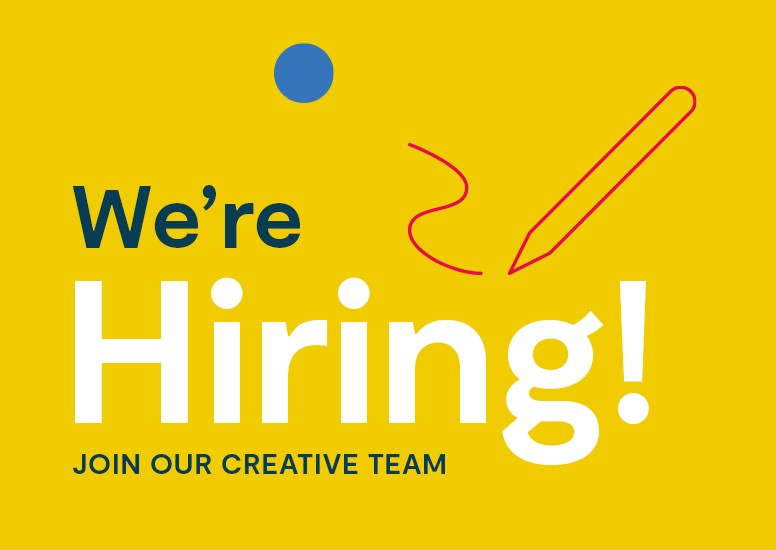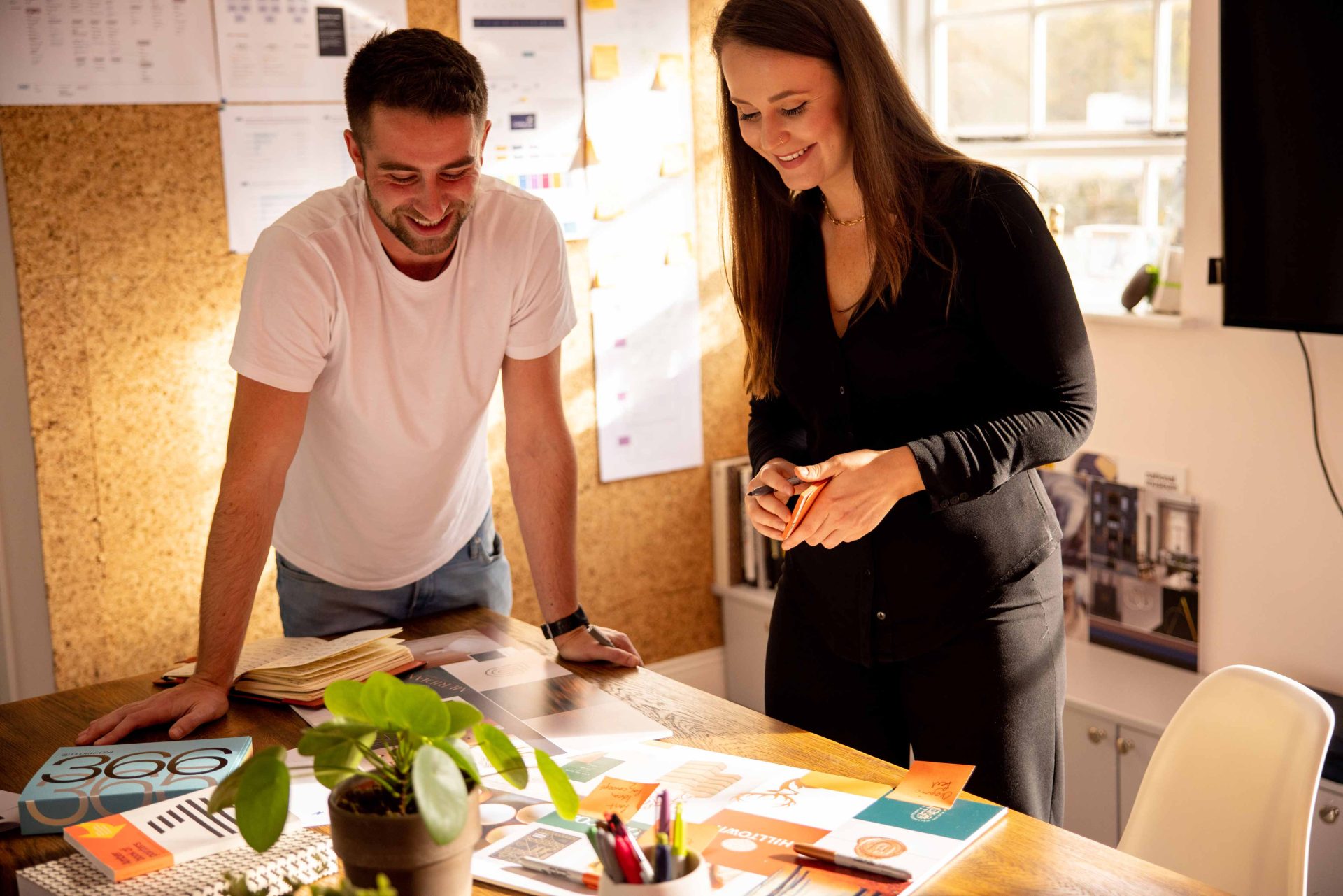If you’re naturally creative, like to solve problems and think outside the box then pursuing a career in graphic design could be just right for you! See our 6 key pointers below on how to succeed in getting started!
1. Understanding Graphic Design Principles
The best way to become a graphic designer is to start by taking the time to learn basic design principles and gain a solid understanding of the elements of design. This will serve you well throughout your career.
A graphic design degree can help you achieve this and you’ll get to develop skills and techniques by working on a wide range of projects. You will learn about typography, layout, illustration, colour theory, packaging design, animation, photography etc. However, if you’re unable to commit 4 years to a degree then you can find accredited online courses that cover all graphic design subjects. There are also online tutorials on websites like Lynda, Udemy and Skillshare. So whatever educational path you choose, take the time to study, find your passion, develop your visual eye for design and then practice applying what you’ve learnt to your work.
In addition to having a strong foundation in design knowledge you will also need to develop your technical skills. Let’s take a look below at what’s required.
2. Develop your technical skills
As a graphic designer, you will need to be proficient in design software such as Adobe InDesign, Illustrator, and Photoshop. Again, take the time to learn these programs inside and out. Graphic design is a career with tight deadlines so being completely at ease with these programmes is essential as you will use them every single day!
Once you have the above design knowledge and technical skills under your belt you’re almost ready to take that leap from design student to working professionally. But first you need a portfolio of your work!
3. Create a Portfolio
Your portfolio is your most important asset when it comes to finding new work. A great portfolio showcases your skills and talent, and gives potential employers an idea of what they can expect from working with you.
If you don’t have any work to show yet, besides what you might have created as part of a course or your college work, then don’t worry just consider ways to build some examples to showcase your range of talents. Create your own design briefs. For example, you could do a redesign of a recognisable brand. Just get busy creating!
You could also reach out to friends or family who may need help creating a design, like a wedding invitation for example. Or contact start-ups and charities. You could offer to do some posters, booklets etc. Once your portfolio is ready, containing a variety of around 7-10 examples of your best work, it’s time to get some work experience in the real world!
4. Work Experience
You could start by applying for entry level positions or contact design agencies direct about a possible internship. Getting an internship or entry level position with an agency can offer invaluable experience when starting out and will give you an insight into how design companies function. You will get to understand timelines around projects and experience working with a range of clients. You’ll get to work alongside other graphic designers so be curious and don’t be afraid to ask questions. This not only provides you will valuable work experience but also provides an opportunity to build connections that can help you as you move forward in your graphic design career.
5. Develop skills that support the design process
Becoming a graphic designer doesn’t mean you’ll spend every single hour of the day designing. There are lots of other factors that come into play from presenting ideas, collaborating, brainstorming and communicating with clients and team members etc. So it’s important to remember to develop the other skills that support the design process. Communication, problem solving and good time management skills are key if you want to succeed as a graphic designer.
6. Network and Get Involved With the Design Community
As you make connections with other designers, you’ll find yourself more immersed in the graphic design community, where you’ll be able to find and share helpful information and resources.
Networking is an important part of your career, so do attend industry events, design talks, join professional organisations etc. to connect with other designers.
Now that you know the steps needed to become a graphic designer, it’s just a matter of getting out there and putting in the work! Do remember though that the design industry is constantly changing, with new technologies and techniques emerging all the time. So keep learning, stay up to speed on new tools and processes, and continue building connections with your graphic design peers.
You’ve got this!




